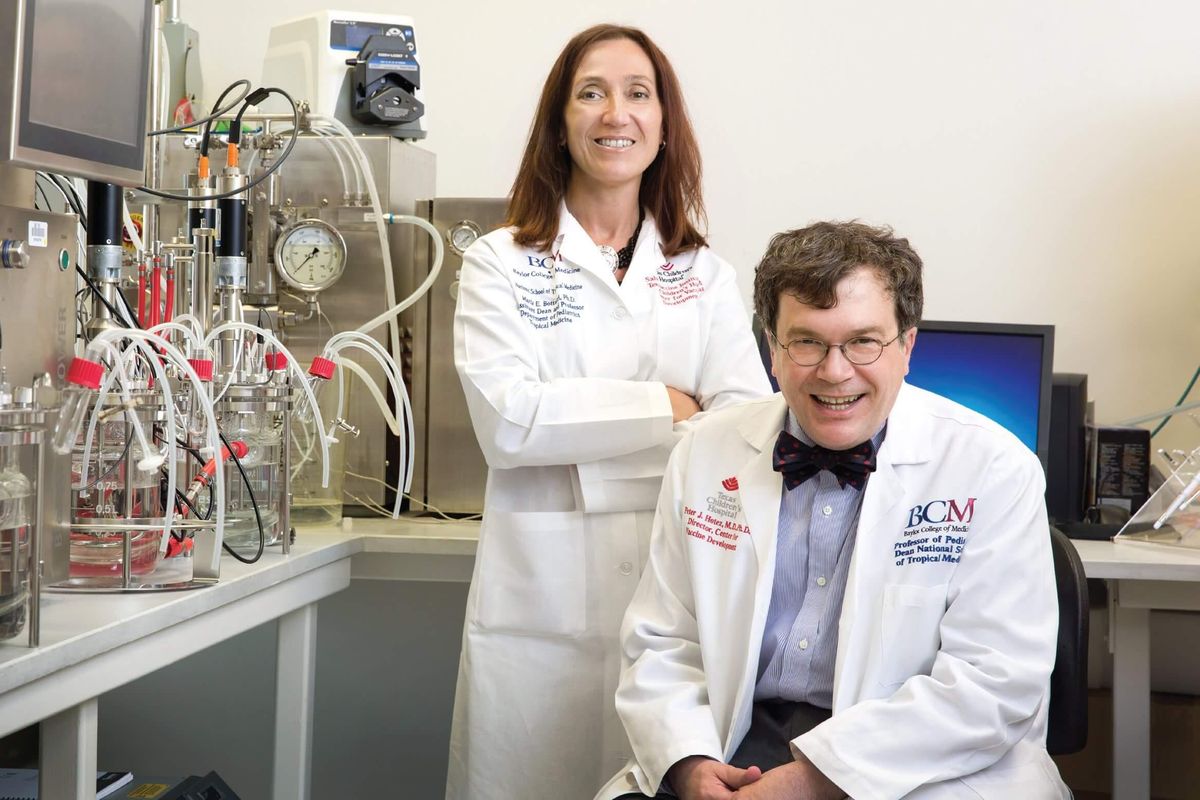Here's how a government shutdown affects university research, according to UH experts
Houston Voices
As the partial government shutdown loomed, academic institutions explored ways this might affect their research operations. Although we expect delays in processing proposals and award payouts, the impact on the institution may have been much less than expected. Consequently, most of the impact occurred at the individual principal investigator, or PI, level. That is where research that required federal resources came to a halt.
This is also the case for researchers at the Borders, Trade, and Immigration (BTI) Institute at the University of Houston. As a result of the shutdown, they were unable to start any new projects. Sadly, the government furloughed their program manager at the Department of Defense- Science and Technology Office of University Programs.
Education initiatives and multiple other research projects pending review were stuck along the "assembly line," as approvals did not happen during the month of January.
Consequently, BTI is a granted institution. Current projects were able to continue with slight delay due to the requirement to have meetings with the DHS representatives for their projects.
This scenario echoed across the research enterprise, as other researchers found themselves in similar situations.
Business as somewhat usual
Moreover, Nicholas Bond, climatologist and associate professor of atmospheric sciences at the University of Washington, felt the pinch of the shutdown and chronicled his experiences of how it impacted his research on climate and oceanography of the North Pacific.
Academic institutions across the country became burdened with the task of assuming unexpected financial responsibilities. In mid-January, the lapse in governmental funding forced The Ohio State University to temporarily cover the costs of unbilled expenditures to the tune of about $3 million. Harvard University continued to pay stipends for fellowships. They did this despite the fact that the shutdown included the federal funding agency.
Many faculty members, including our own, were able to continue working on their projects with the expectation of administrative delays. No new funding opportunities were issued, panel reviews were postponed and no new grants or no-cost extensions were awarded. For the most part, it was business as (somewhat) usual.
The big picture
It may be safe to say that the partial shutdown acted more as an inconvenience to the research enterprise than anything. Which is great news! Especially for the University of Houston, who has recently ignited the campus with the announcement of the 50-in-5 initiative. This ambitious program will increase the research and scholarly output by 50 percent over the next five years.
While this article focuses on the inconvenience of administrative delays, it's critical not to skim the surface. It may seem minute when compared to recipients of public assistance fearing not receiving benefits, but short-term implications are likely.
Keep in mind that most often, grants are not awarded by a single payment from the agency. Timelines are established between agencies and the institutions, and funds are released accordingly. Because of this, it's likely that research programs and educational initiatives across the academic research enterprise will not receive their funds on schedule.
What the future holds
Imagine, if you will, a conveyor belt. A system designed to allow items to move through a process with maximum efficiency. Because of the partial shutdown, research proposals that were in queue for review or funding experienced interruption along the conveyor belt.
Once disruptions to processes within federal agencies happen, it becomes inevitable that there will be delays further down the line.
Claudia Neuhauser, associate vice chancellor/vice president for Research and Technology Transfer for the UH System, warns of the "ripple effect" of the downstream delays and the potential impact on expenditures. We'll have to wait until the end of the year when annual reports are prepared for answers.
For now, it's a question of what the aftereffect will be.
------
This article originally appeared on the University of Houston's The Big Idea.
Nitiya Spearman is the internal communications coordinator for the UH Division of Research.




















